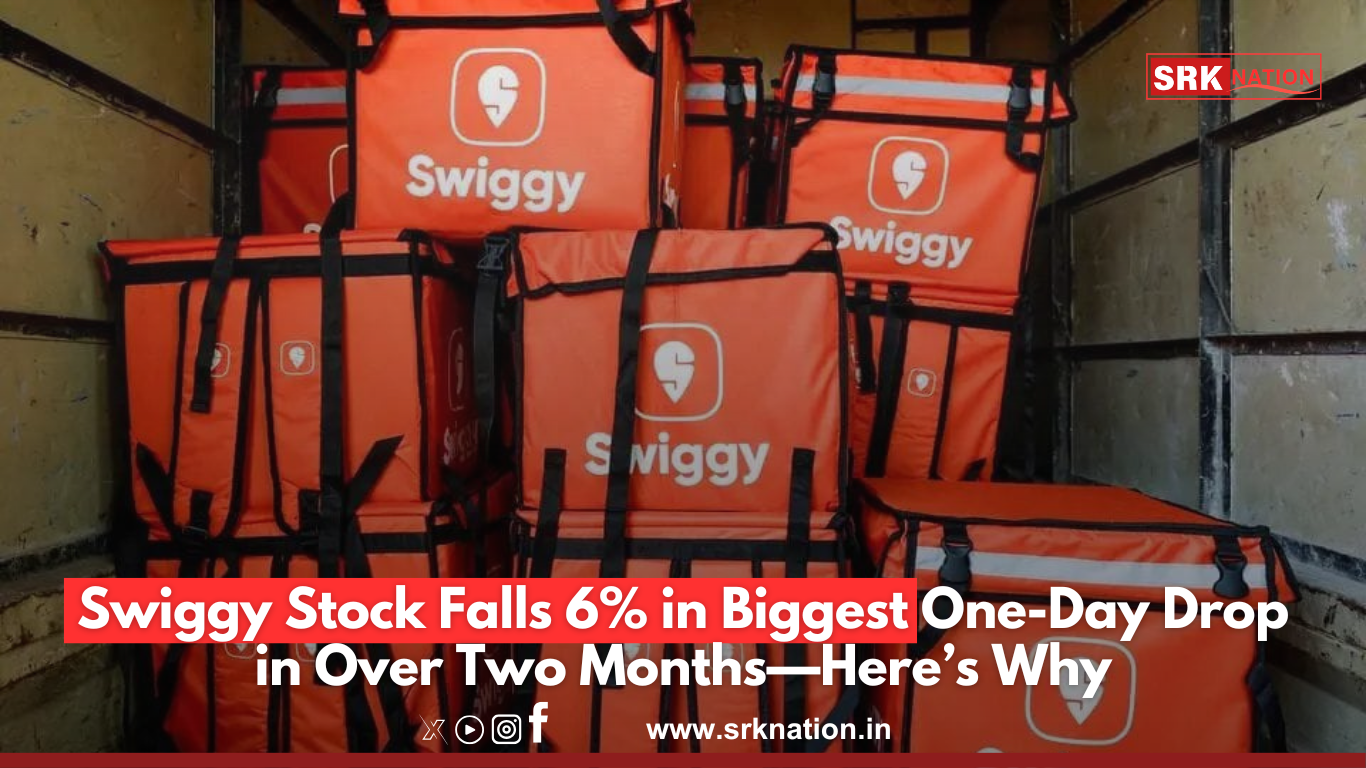Swiggy, India’s leading food delivery and quick commerce platform, witnessed a 6% decline in its stock price on April 25, marking its biggest one-day drop in over two months. The stock hit a one-week low of ₹321.40, raising concerns among investors about market volatility and upcoming shareholder exits.
Key Factors Behind the Sharp Decline
- Pre-IPO Shareholder Lock-In Expiry
- Market speculation suggests that 83% of Swiggy’s shareholding will become eligible for secondary trade once the lock-in period expires on May 12, 2025.
- Analysts believe that several early investors, sitting on multi-fold gains, may partially or fully exit, triggering selling pressure.
- Rising Losses in Quick Commerce Business
- Swiggy’s Instamart division is expected to report an adjusted EBITDA loss of ₹7.8 billion in Q4, up from ₹5.8 billion in Q3, due to aggressive expansion and heightened competition.
- The company’s dark store count has increased significantly, leading to higher operational costs.
- Brokerage Downgrades & Market Sentiment
- Domestic brokerage Ambit Capital has initiated coverage on Swiggy with a ‘Sell’ rating, setting a target price of ₹310 per share.
- Analysts argue that Swiggy trails Zomato in profitability by 6–12 quarters, with food delivery market share expected to stabilize at 42%.
- Bank of America (BofA) also downgraded Swiggy, citing rising losses and slower margin growth.
What’s Next for Swiggy?
Despite near-term volatility, JM Financial has retained a ‘Buy’ rating on Swiggy, with a target price of ₹500, suggesting long-term investors could capitalize on liquidity events. However, analysts caution that competitive pressure and shareholder exits may continue to weigh on the stock in the coming weeks.
As Swiggy navigates market challenges and expansion hurdles, investors will closely watch its financial performance and strategic moves in the upcoming quarters.
Stay tuned for more updates on stock market trends and corporate developments.











